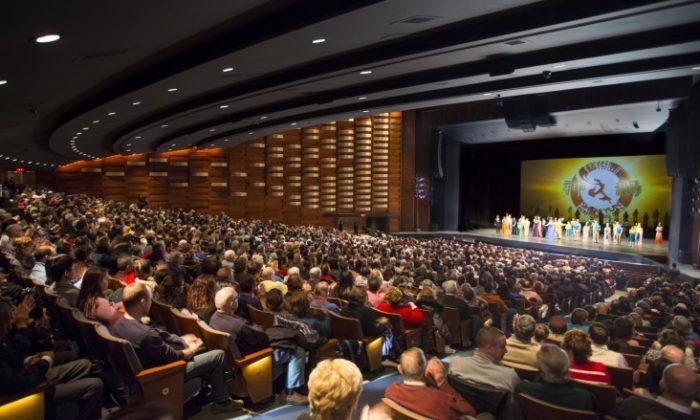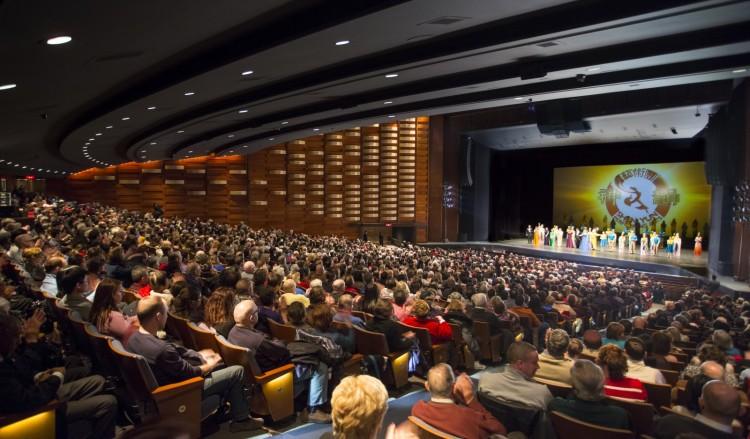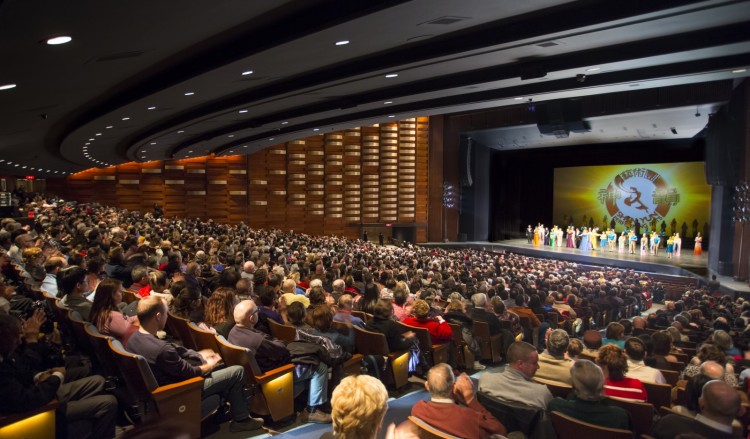Shen Yun Performing Arts played its final Canadian show of the season on Jan. 20, leaving theatregoers a little better versed in the depth and intricacies of China’s cultural heritage.
After touring the breadth of the country, Shen Yun ended its Canadian dates with a five-show run at Toronto’s Sony Centre, where it played to sold-out and full-house crowds.
Widely regarded as the world’s premier classical Chinese dance and music group, Shen Yun has gathered a growing and loyal fan base, and if ticket sales are any indication, its lavish production has become a major draw for theatregoers around the world.
Based out of New York, Shen Yun’s mission is to revive 5,000 years of Chinese culture, a culture largely lost in mainland China today. The sincerity of the group’s efforts has gone a long way in making their performances legendary, and audiences have exhibited a deep appreciation for Shen Yun’s revival of a culture steeped in tradition and mythology.
To accomplish its objective, Shen Yun has combined elements both ancient and modern, traditional and new, to provide a theatrical experience that is at once immediately accessible and revolutionary.
The Dance
The hallmark of Shen Yun is classical Chinese dance, and it is the primary medium through which the performers convey and express the ancient traditions of China’s heritage. The movements are part of a rich language that carries the inner spirit of China’s past.
Christine Conrad, a former ballet dancer and graduate of York University’s Faculty of Fine Arts’ dance program, recognized the calibre of the dancers and their ability to dance grand-scale pieces in synchronicity.
“Excellent, excellent dancers,” she said. “You see the unison—all the dancers were at a level that they looked like one. And especially in the way they were dancing, they were meant to be as one and you could see that.”
Another former ballet dancer, Rebecca Carroll, was equally impressed.
“Very synchronized, and it’s just visually overall very beautiful,” she said. “I really like traditional dancing, and you can tell it takes a lot of [training].”
Yulia Arsenyev danced ballet for 20 years and now teaches the art to children. Her trained eye noticed the subtle nuances of the dancers’ movements
“I couldn’t hear even the steps or jumps of the dancers; I think it’s very, very important to dance very lightly,” she said. “You can see the power, you can see all the air in between the moves. I really like that.”
The Music
Shen Yun’s live orchestra has become its own phenomenon, with the ensemble recently playing New York’s Carnegie Hall.
In order to create its unique sound, the orchestra combines both Eastern and Western instruments. Using Western philharmonic structure as the base, Chinese soloists play the melodies. This unique combination of traditions is perfectly suited to Shen Yun’s presentation of ancient culture to a modern audience.
David Lum, award-winning band director and curriculum leader of music at Agincourt Collegiate Institute in Toronto, was especially taken with the unique sound of the orchestra.







